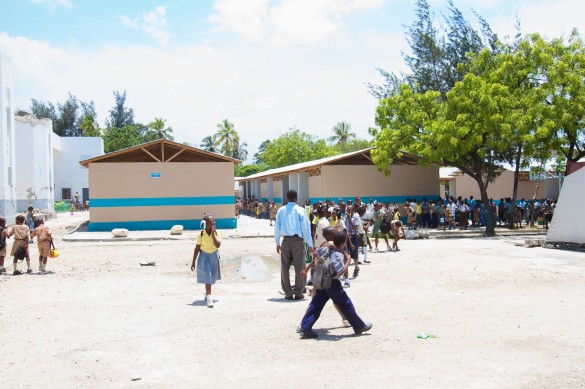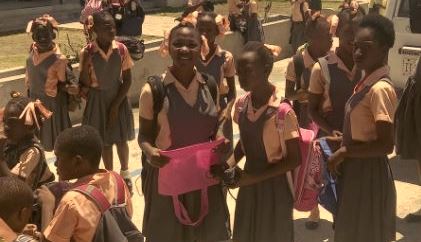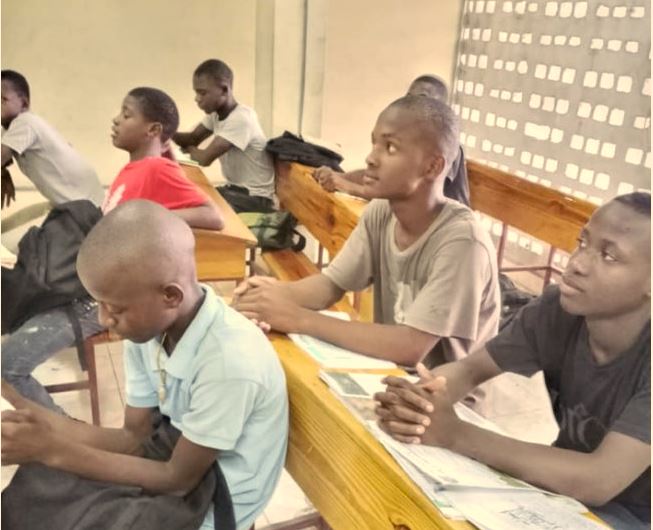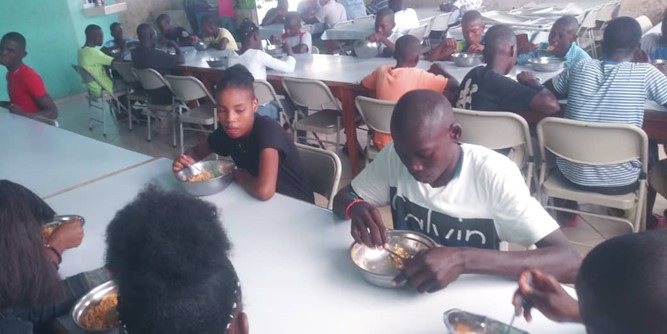HAITI: Salesian Programs Serve More Than 18,000 Youth in Slums of Port-Au-Prince

(MissionNewswire) Salesian missionaries arrived in Haiti in 1935 upon request from the Haitian government to run a professional school. In 1954, Salesian Father Bohnen, a Dutch native, arrived in Haiti and was assigned to lead St. John Bosco Elementary School in La Saline, a slum of Port-au-Prince, the capital and most populous city of Haiti. Touched by the great poverty and the lack of schools in La Saline, Fr. Bohnen encouraged local school teachers to form little schools for the children. His goal was to teach children how to read, a first step in educating them. This initiative was so successful that it was extended to Cité Soleil, another slum of Port-au-Prince, during the late 1960s and early 1970s.
From there, the Salesian mission in Haiti grew to feeding programs and vocational and technical education to prepare youth for the workforce. Today, OPEPB, a Salesian development project committed to working for the improved social welfare of marginalized youth, serves more than 18,000 poor youth living in the slums of the Northern Bay of Port-au-Prince each year.
OPEPB supports 192 Little Schools and six elementary schools where reading, writing, mathematics, science, music and arts are taught to children ranging in ages from 7 to 15 years. These educational centers serve more than 7,000 children every year. Fr. Bohnen also knew that children could not focus on their studies on an empty stomach.
OPEPB has one the largest free cafeterias in the world. Every child enrolled in any Salesian program receives at least a hot lunch daily. The facility is equipped with two huge kitchens and two large dining halls and recently added a bakery to the facility to help meet the need for bread.
“Access to nutritious meals allows youth to be better prepared to take part in school activities and focus on their education,” says Father Mark Hyde, executive director of Salesian Missions, the U.S. development arm of the Salesians of Don Bosco. “Prepared students are more likely to learn valuable skills that will help them gain employment, break the cycle of poverty in their lives and enable them to give back to their communities.”
Once students finish their elementary schooling, they are able to advance on to Salesian vocational schools where they have access to both secondary academics and occupational instruction in more than 16 different career paths. Students are able to take course programs like automotive body and repair, automotive mechanics, baking and pastry arts, business technology, carpentry, computer typography, electrical maintenance and construction, electronics, sewing, tailoring and welding, and more. The classes offered are implemented based on the changing needs of the country.
OPEPB currently has 200 students enrolled in the business technology program and approximately 2,400 students enrolled in the three vocational schools. In addition to classroom work, the schools also offer hands-on training and internships in real work environments to prepare students for the workforce. Upon completion of these programs, students are then hired in local industries, businesses or start their own shops. The placement rate for Salesian vocational schools in well into the high 90 percent.
Haiti’s educational system is continuing to rebuild after a January 2010 earthquake destroyed 90 percent of schools and 60 percent of hospitals, killed thousands of people and left more than 350,000 injured. In 2012, more than 3 million children were able to return to school with more than 20,000 students educated in Salesian-run institutions.
Despite ongoing reconstruction and infrastructure improvements, Haiti remains the poorest country in the Americas and one of the poorest in the world. According to the World Bank, over half of the country’s population of 10 million lives on less than $1 per day and approximately 80 percent live on less than $2 per day. The majority of Haitians lack adequate access to education, healthcare and nutritious food.
Salesian schools in Haiti fulfill an important socio-economic mission by providing poor youth a foundation for lifelong learning through education and training in skills and trades to help them escape poverty and establish a sustainable livelihood.
###
Sources:
World Bank – Haiti




